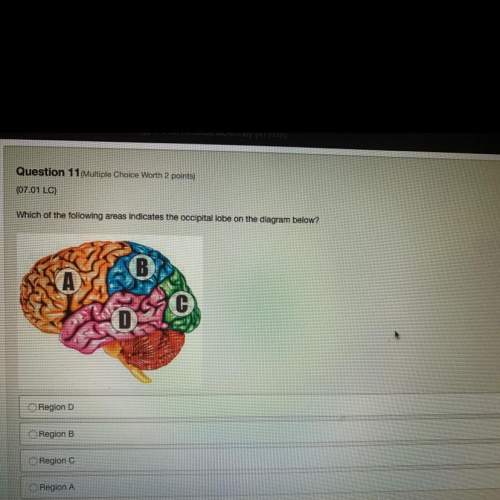
Biology, 05.05.2020 18:35 kimvigil4580
The lab you work in has discovered a previously extracellular signal molecule called QGF, a protein. You add QGF to different types of cells to determine its effect on these cells. When you add QGF to heart muscle cells, you observe an increase in cell contraction. When you add it to they undergo cell division. When you add it to nerve cells, they die. When you add it to glial cells, you do not see any effect on cell division or survival. Given these observations, which of the following statements is most likely to be true? 1. Because it acts on so many diverse cell types, QGF probably diffuses across the plasma membrane into the cytoplasm of these cells. 2. Glial cells do not have a receptor for QGF. Q QGF activates different intracellular signaling pathways in heart muscle cell, and nerve cells to produce the different responses observed. 3. Heart muscle cells, and nerve cells must all have the same receptor for QGF

Answers: 3


Another question on Biology

Biology, 22.06.2019 07:00
Which of the following will a bacterium produce when a human gene is added to its genome? question 4 options: human carbohydrates a protein made up of both human and bacterial properties the human protein coded for by the human gene human plasmids that can be isolated from the bacterium
Answers: 2

Biology, 22.06.2019 10:00
Which substance contains thylakoids? a) nadph b)atp c)stroma d)chloroplast
Answers: 2

Biology, 22.06.2019 11:30
Suppose that on a small island off the coast of scotland, 32 percent of the population has blue eyes, which means that these individuals must be homozygous for the blue eye color gene (bb). the only other eye color found on the island is brown, and individuals that are homozygous for the brown eye color gene (bb) or heterozygous (bb) will have brown eyes because brown is the dominant gene. assume this population is in hardy-weinberg equilibrium. if 100 babies are born next year, how many of these would you expect to have brown eyes and be heterozygous? a. 58 b. 49 c. 29 d. 43
Answers: 1

Biology, 22.06.2019 14:20
When a population split into two subgroups what is most likely to cause the subgroups to develop different traits?
Answers: 1
You know the right answer?
The lab you work in has discovered a previously extracellular signal molecule called QGF, a protein....
Questions



Mathematics, 28.08.2019 22:30

English, 28.08.2019 22:30

Chemistry, 28.08.2019 22:30



Mathematics, 28.08.2019 22:30

Chemistry, 28.08.2019 22:30

Mathematics, 28.08.2019 22:30

Mathematics, 28.08.2019 22:30

Physics, 28.08.2019 22:30

History, 28.08.2019 22:30


Mathematics, 28.08.2019 22:30

Mathematics, 28.08.2019 22:30




Mathematics, 28.08.2019 22:30




